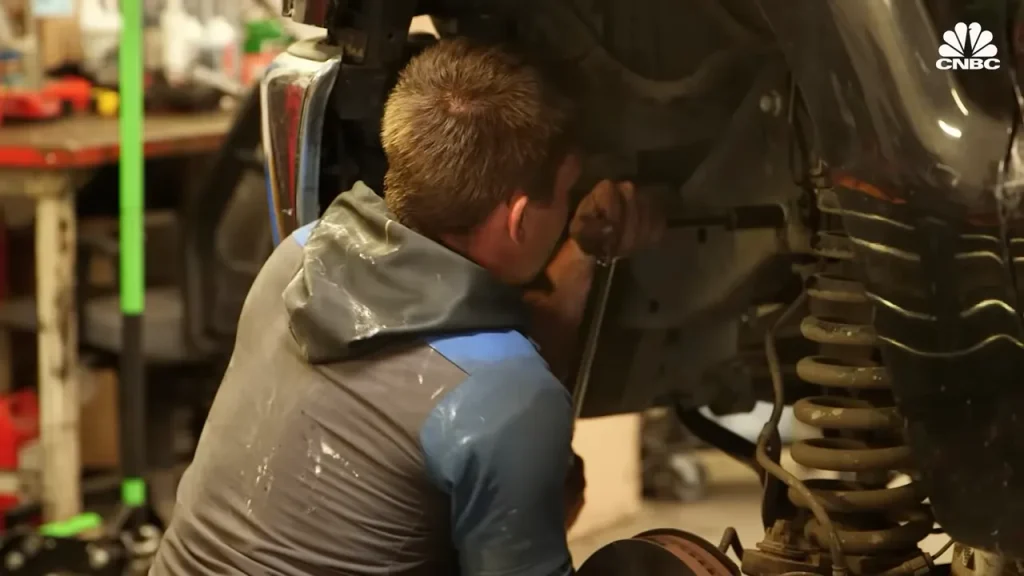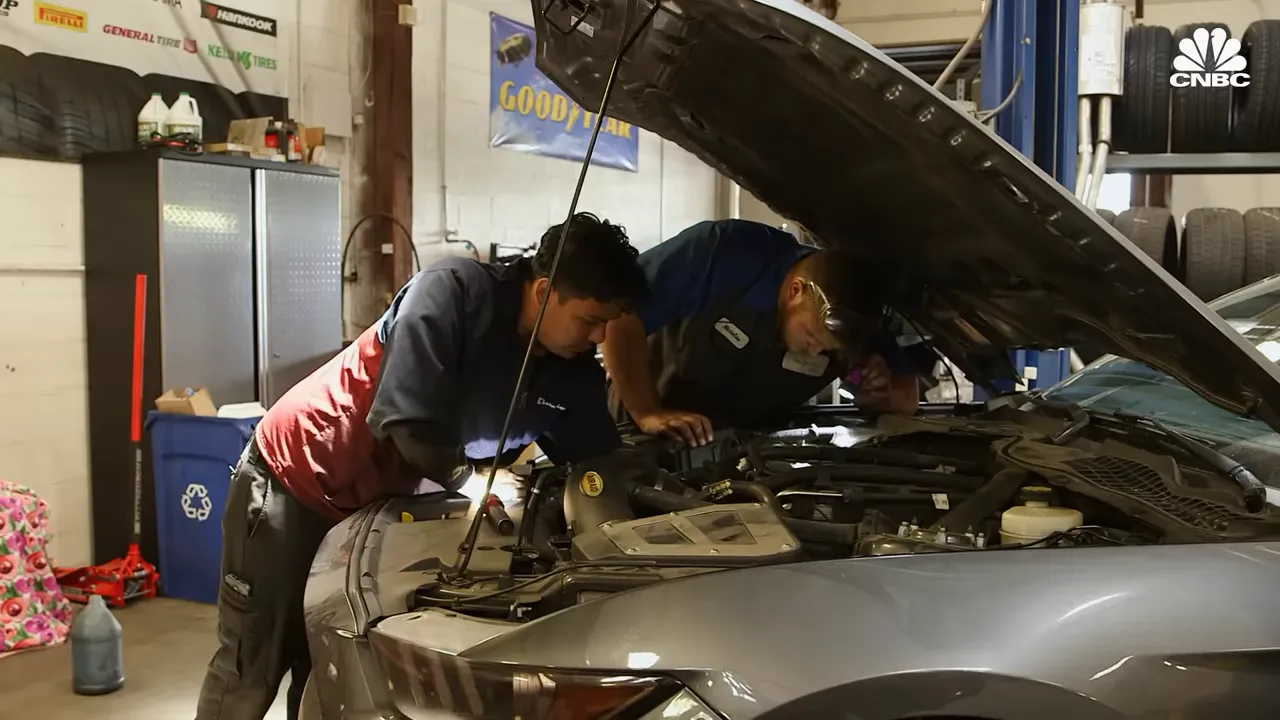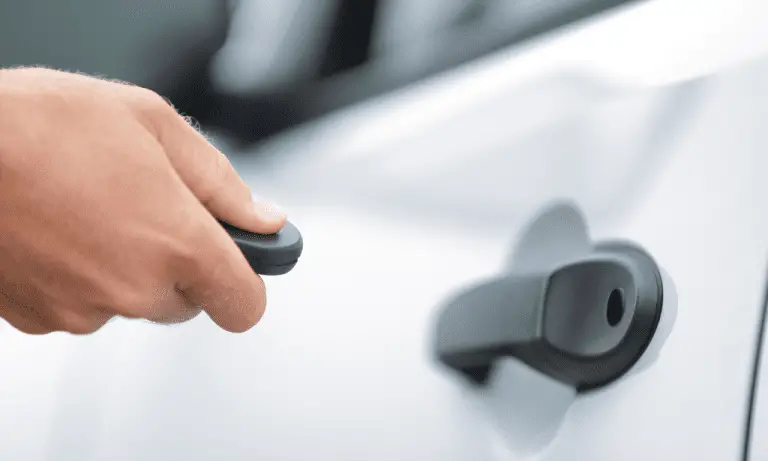Auto Repair Labor Rate Per Hour (Full Guide 2024)
When it comes to auto repairs, understanding the labor rates charged by mechanics is essential for vehicle owners. Whether it’s a routine maintenance service or a major repair, the cost of labor can significantly impact your overall expenses. The auto repair labor rate per hour is a key factor that determines the total bill you’ll receive from the repair shop.
In this guide, we will delve into the concept of auto repair labor rates, explaining what they are, why they vary, and what factors influence them. By gaining insight into these rates, you’ll be better equipped to assess and compare prices, make informed decisions about your car repairs, and ensure you receive fair value for the services rendered. Let’s dive in and demystify the world of auto repair labor rates.
The auto repair labor rate per hour refers to the amount a repair shop charges for the time spent on repairing or servicing a vehicle. It varies based on factors like location, shop expertise, and the complexity of the job. The rate typically ranges from $50 to $150 per hour.
Factors Affecting Auto Repair Labor Rates
Location and Regional Differences
Labor rates can vary significantly based on the geographical location of the repair shop. Higher living costs and overhead expenses in certain areas may result in higher labor rates compared to others.
Shop Expertise and Reputation
Established and reputable repair shops with experienced and skilled technicians often command higher labor rates. Their expertise and track record of quality workmanship can justify the premium they charge.
Complexity and Type of Repair
The nature and complexity of the repair or service required can impact the labor rate. Jobs that involve intricate diagnostics, specialized tools, or extensive labor hours may have higher rates compared to simpler tasks.
Industry Standards and Market Competition
Labor rates can also be influenced by industry standards and the competitive landscape within a particular market. Shops may adjust their rates to stay competitive or differentiate themselves based on their level of service.
Vehicle Make and Model
Some repair shops may factor in the make and model of the vehicle when determining labor rates. Luxury or high-performance cars often require specialized knowledge and tools, which can result in higher labor costs.
Overhead and Business Expenses
Repair shops need to cover their overhead expenses such as rent, utilities, insurance, and employee wages. These costs are factored into the labor rates to ensure the business remains profitable.
Technician Training and Certifications
Shops that invest in ongoing training and certifications for their technicians may charge higher labor rates to account for the enhanced expertise and skills of their staff.
Warranty and Guarantees
Repair shops that offer warranties or guarantees on their work may incorporate the cost of these assurances into their labor rates, providing customers with added peace of mind.

Understanding Labor Rate Calculation
When it comes to calculating auto repair labor rates, there are generally two main methods used: flat-rate and actual time.
1. Flat-Rate Calculation
Flat-rate labor is a predetermined amount of time established by the industry for specific repair jobs. Each repair task is assigned a set number of hours required to complete it, known as “book time.” The labor rate is then multiplied by the book time to determine the cost. For example, if the labor rate is $100 per hour and the book time for a particular repair is 2 hours, the labor cost would be $200.
2. Actual Time Calculation
In this method, the labor rate is multiplied by the actual time it takes to complete the repair. The mechanic tracks the time spent on each task using a clocking system. The actual time can vary depending on the skill level and efficiency of the technician, as well as any unforeseen complications that may arise during the repair process.

Average Auto Repair Labor Rates by Job Type
Routine Maintenance Services
- Oil Change: $30 to $80
- Tire Rotation: $20 to $50
- Brake Pad Replacement: $100 to $250
- Battery Replacement: $50 to $150
Common Repairs and Replacements
- Alternator Replacement: $200 to $500
- Starter Motor Replacement: $200 to $400
- Water Pump Replacement: $200 to $500
- Radiator Replacement: $300 to $700
- Timing Belt Replacement: $300 to $800
Complex Diagnostics and Specialized Repairs
- Engine Diagnostic: $100 to $200
- Transmission Repair: $500 to $1,500
- Suspension System Repair: $200 to $500
- Electrical System Repair: $100 to $200
- Air Conditioning Repair: $200 to $500

How to Assess and Compare Labor Rates
1. Research Local Rates
Start by researching labor rates at different repair shops in your local area. Look for shops that specialize in your vehicle’s make and model, as they may have specific expertise. Online resources, directories, and customer reviews can help you gather information about labor rates charged by different shops.
2. Gather Estimates
Contact multiple repair shops and request detailed estimates for the specific repair or service you need. Be prepared to provide relevant information about your vehicle, such as its make, model, and year, as well as the symptoms or issues you’re experiencing. This will enable the shops to provide accurate estimates.
3. Consider Shop Credentials and Reputation
Labor rates shouldn’t be the sole deciding factor. It’s important to consider the credentials and reputation of the repair shop as well. Look for certifications, affiliations with professional associations, and customer reviews or testimonials. A shop with a solid reputation for quality work and customer satisfaction may justify a slightly higher labor rate.
4. Evaluate Cost and Quality Balance
While it’s natural to want to find the lowest labor rate, it’s essential to strike a balance between cost and quality. Extremely low labor rates may indicate a lack of expertise or the use of subpar parts. On the other hand, an exorbitantly high labor rate doesn’t guarantee superior service. Look for a fair and competitive rate that aligns with the shop’s reputation and level of expertise.
5. Inquire About Warranties and Guarantees
Ask about any warranties or guarantees offered by the repair shop. A shop that stands behind its work and provides warranties can provide added value and peace of mind. Consider the inclusion of such assurances when comparing labor rates.
Negotiating or Requesting Discounts
When it comes to auto repair labor rates, it is possible to negotiate or request discounts in certain situations. Here are some strategies to consider:
1. Build a Good Rapport
Develop a friendly and respectful relationship with the repair shop. Regularly servicing your vehicle at the same shop and demonstrating loyalty can make you a valued customer. A good rapport may increase your chances of receiving a discount or favorable pricing.
2. Inquire About Special Promotions or Offers
Ask the repair shop if they have any ongoing promotions, discounts, or special offers available. They may have seasonal or promotional discounts that can help you save on labor costs.
3. Bundle Services
If you require multiple repairs or services, consider bundling them together. Discuss with the repair shop if they can offer a discounted rate when multiple tasks are performed simultaneously. Combining services may make it more appealing for the shop to provide a discount.
4. Compare Estimates
Obtain estimates from multiple repair shops for the same repair or service. Use these estimates as leverage when negotiating with a particular shop. Let them know that you are considering other options and that their willingness to offer a competitive rate may influence your decision.
5. Seek Price Matching
If you receive a lower labor rate estimate from another reputable shop, ask the shop you prefer if they can match or beat that rate. They may be willing to negotiate in order to retain your business.
6. Discuss Your Budget
If the labor rate seems too high for your budget, have an open conversation with the repair shop. Express your concerns and limitations, and ask if they can accommodate your budget by adjusting the labor rate or exploring alternative repair options.
FAQ :
Q1: What is an auto repair labor rate per hour?
A1: The auto repair labor rate per hour is the amount charged by a repair shop for the time spent on repairing or servicing a vehicle. It covers the expertise and labor costs of the mechanics working on your vehicle.
Q2: Why do labor rates vary between repair shops?
A2: Labor rates can vary based on several factors. These include the location of the shop, the shop’s expertise and reputation, the complexity of the repair, market competition, and the overhead and business expenses of the shop.
Q3: How are labor rates calculated?
A3: There are two main methods used to calculate labor rates: flat-rate and actual time. Flat-rate labor is based on predetermined times established by the industry for specific repair jobs. Actual time labor is based on the actual hours worked on a specific repair. Additional charges and fees may also be factored into the labor rate.
Q4: What is the average auto repair labor rate per hour?
A4: The average auto repair labor rate per hour can range from $50 to $150, depending on the factors mentioned earlier. However, it’s important to note that labor rates can vary significantly based on location and the specific repair needed.
Q5: How can I assess and compare labor rates?
A5: To assess and compare labor rates effectively, research local rates, gather estimates from multiple repair shops, consider shop credentials and reputation, evaluate the cost and quality balance, and inquire about warranties or guarantees. Seeking recommendations from trusted sources can also be helpful.
Q6: Can I negotiate or request discounts on labor rates?
A6: Yes, it is possible to negotiate or request discounts in certain situations. Building a good rapport with the shop, inquiring about special promotions or offers, bundling services, comparing estimates, seeking price matching, discussing your budget, and considering independent repair shops are strategies that may help in negotiating or receiving discounts.
Q7: Can labor rates be negotiated for warranty repairs?
A7: Labor rates for warranty repairs are typically predetermined by the warranty provider. However, it may still be worth discussing any additional repairs or services needed with the repair shop, as they may offer flexibility on those specific items.
Q8: Are labor rates the only factor to consider when choosing a repair shop?
A8: No, while labor rates are important, they should not be the sole factor in choosing a repair shop. Consider other factors such as the shop’s expertise, reputation, customer reviews, quality of work, warranties offered, and overall customer satisfaction.
- Why Are My Car Headlights Not Bright Enough? - May 9, 2024
- How Long Can You Drive With An EVAP Leak? - May 9, 2024
- What Does B Stand for in a Car? [Full Guide] - May 9, 2024




![Cars That Start With K [10 Power Performers]](https://automhelp.com/wp-content/uploads/2023/07/Cars-That-Start-With-K-10-Power-Performers-768x461.png)
